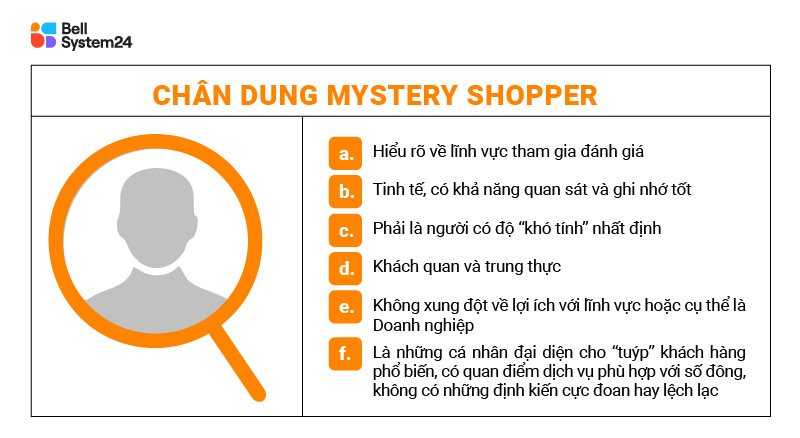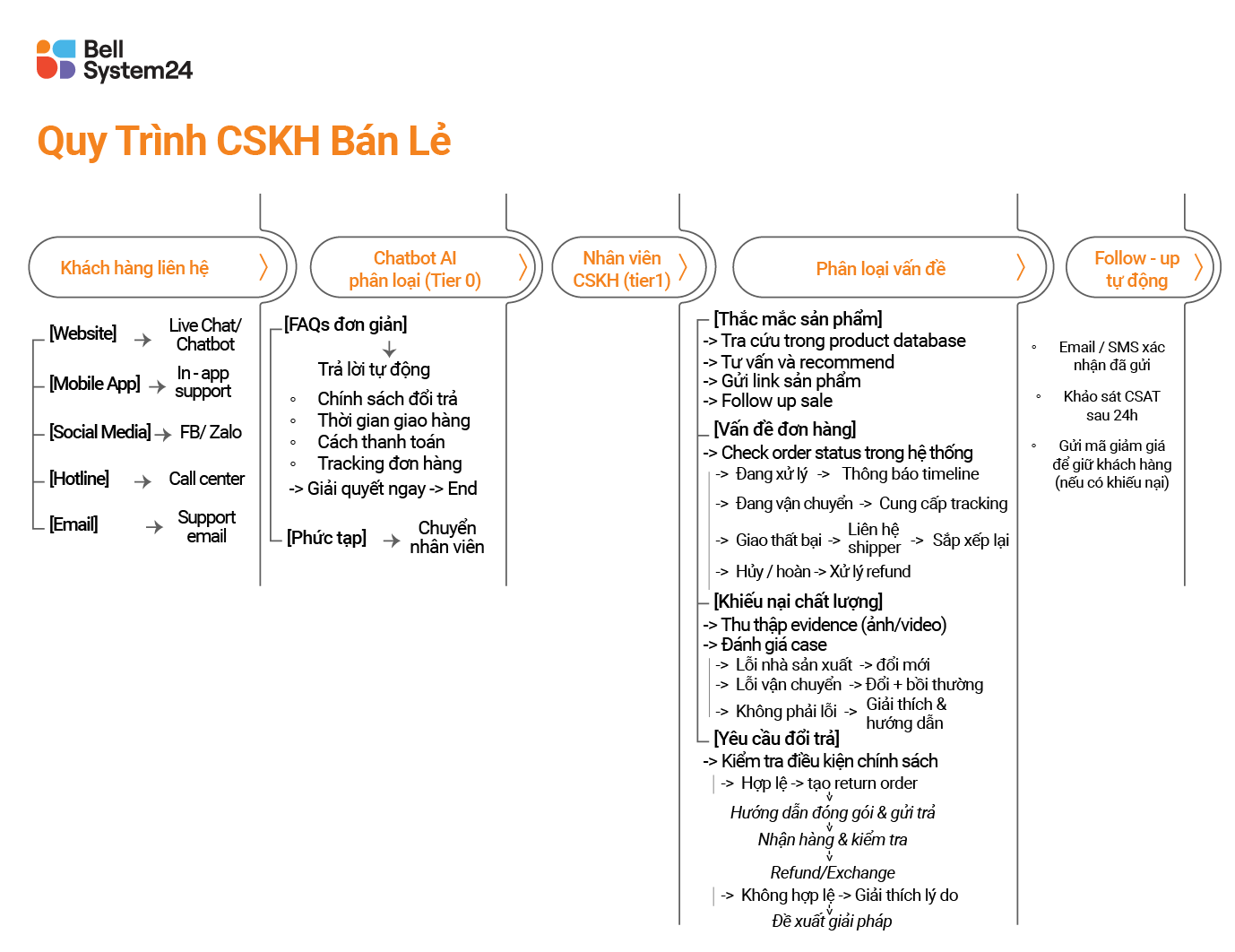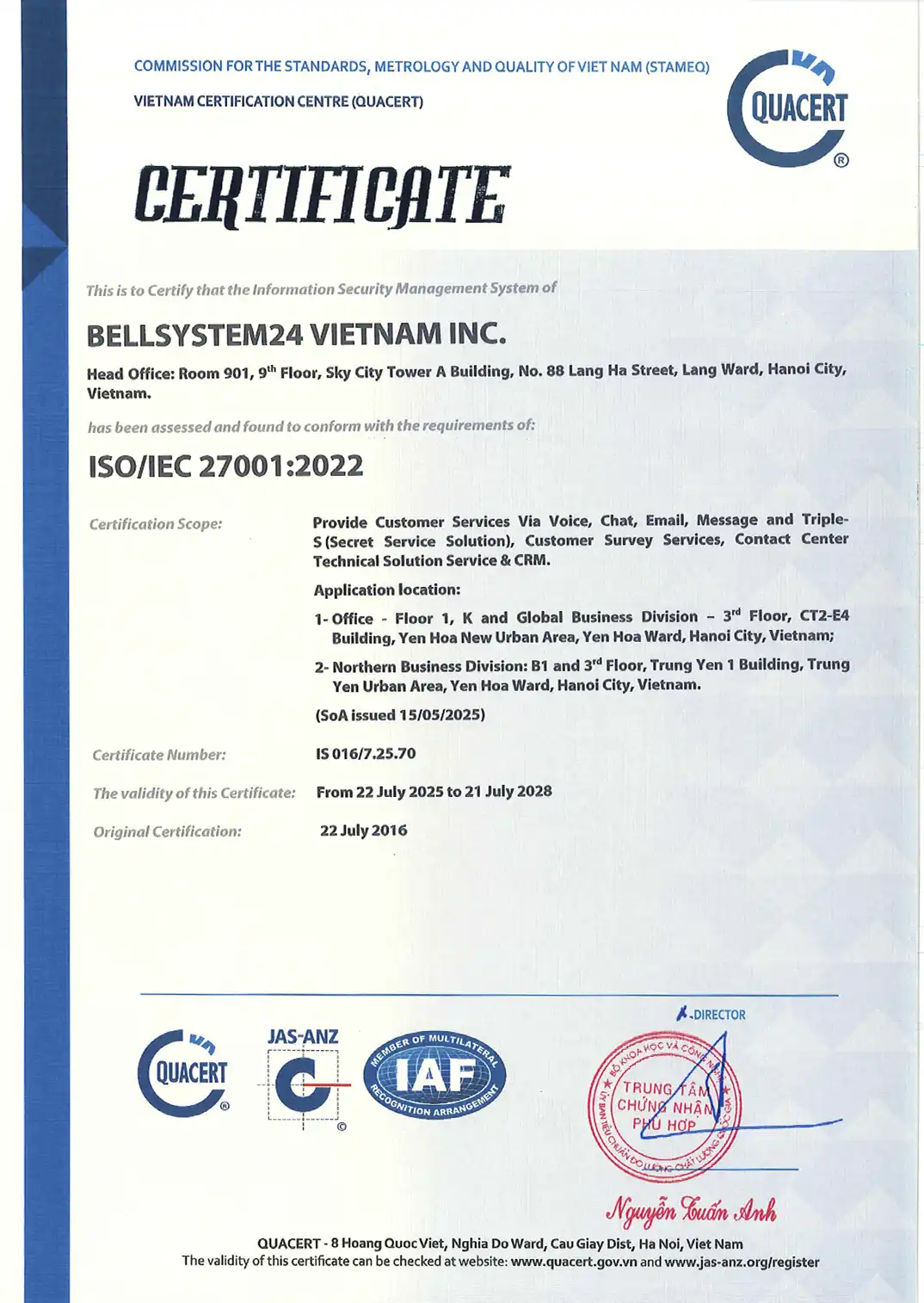Mystery shoppers have long been an important tool for retail chains and supermarkets to evaluate service quality, optimize sales processes, and enhance the shopping experience. However, many businesses make unfortunate mistakes when implementing this method, resulting in outcomes that fall short of expectations. According to a report by the Mystery Shopping Providers Association (MSPA) – the world's leading organization on mystery shopping – as many as 68% retail businesses fail to fully leverage the potential of this method due to errors in the implementation process. Below are common mistakes and solutions to help businesses effectively optimize their mystery shopping programs for retail chains and supermarkets.
1. Not setting clear goals
Many supermarket chains, when implementing mystery shopping programs, stop at general evaluations rather than identifying specific metrics to measure. A survey by Retail Doctor Group found that 40% retail chains use mystery shoppers but lack clear evaluation criteria, rendering the results unusable for service improvement.
To overcome this, businesses need to set specific goals such as measuring service quality, payment time, level of customer support, or how employees handle situations. For example, a large supermarket chain in the US implemented a rating system with criteria such as "employee response time when customers need help" and "friendliness when greeting customers," which helped them increase customer satisfaction by 15% after 6 months of implementation.
2. Selecting mystery shoppers for retail chains and supermarkets that are not the right target audience
One of the biggest mistakes many businesses make is choosing the wrong people to be mystery shoppers. According to research from Forrester Research, over 50% retail businesses do not have a rigorous mystery shopper screening process, leading to inaccurate evaluation results.
In reality, if mystery shoppers lack knowledge of the retail industry or the ability to make subtle observations, they may overlook important details such as how staff handle complaints, their attitude when advising customers, or the level of honesty when introducing promotions. A supermarket chain in the UK had to reevaluate its entire mystery shopper program after realizing that its mystery shoppers focused solely on prices rather than evaluating the overall shopping experience. The solution was to select candidates with retail shopping experience and provide them with thorough training before assigning tasks.

3. The evaluation form is too general and inappropriate.
An effective evaluation form must accurately reflect the actual customer experience. However, many businesses use vague evaluation forms that lack clear quantitative criteria. According to statistics from Retail Customer Experience, 32% secret shopper evaluation forms for retail chains and supermarkets fail to capture important factors such as service speed or the level of in-depth consultation.
For example, if you only ask, "Are you satisfied with the attitude of the staff?", then the answers "Yes" or "No" cannot provide enough detailed information. An effective evaluation form should have specific criteria such as "Do employees greet customers as soon as they enter the store?" and "How many seconds does the average checkout take?" A supermarket in Australia applied this model and after three months of implementation, they found that the number of negative responses from customers decreased by 25% thanks to improvements in employee service attitudes.
Below are some criteria in the mystery shopper evaluation form for Bellsystem24 Vietnam's retail chain and supermarkets:

…

4. Not implemented regularly, done once and then abandoned
Many businesses only use mystery shoppers in retail chains and supermarkets a few times as a short-term campaign without a long-term maintenance plan. In reality, service quality measurement needs to be conducted regularly to ensure continuous improvement. According to a report by Deloitte, retail chains that implement mystery shoppers on a monthly basis have a sales growth rate 20% higher than businesses that only do it once a year.
A prime example is the Walmart supermarket chain, where mystery shoppers are deployed weekly to check for consistency in service quality. Thanks to a continuous evaluation system, they can immediately identify weaknesses and take swift corrective measures.
5. Do not use technology to track results
Implementing mystery shopping without a system to track results is a serious mistake. According to a survey by Harvard Business Review, only 35% retail businesses actually use data collected from mystery shoppers to optimize their services.
Currently, many businesses are adopting technology to store and analyze confidential customer data for retail chains and supermarkets. Service management software such as Medallia and Qualtrics allows businesses to monitor service performance in real time, enabling more accurate and quicker decision-making. A major retail chain in Singapore saw an 18% increase in customer satisfaction scores after implementing this system in just four months.

Conclusion
Mystery shopping in retail chains and supermarkets is a powerful tool for measuring and improving service quality. However, if not implemented correctly, businesses will not be able to maximize the benefits this method offers. Setting clear objectives, selecting the right subjects, using detailed evaluation forms, and combining them with feedback from actual customers will help enhance the program's effectiveness. At the same time, maintaining regular implementation and applying technology to monitor results is the key to ensuring long-term success.







